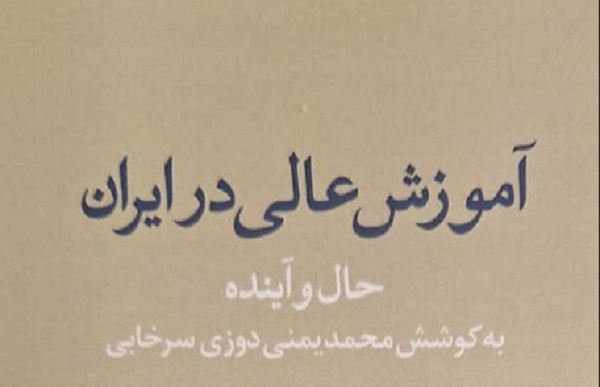
The book "The Higher Education in Iran: Present and Future" authored by Dr. Mohammad Yamani, a faculty member of the Faculty of Education and Psychology of Shahid Beheshti University (SBU) has been published recently by the Institute for Social and Cultural Studies in 200 copies and 465 pages.
The book includes university pedagogy and the complexities of learning situations in Iran's higher education; development of science and technology: past, present and future strategies; an analysis of the trends, developments and the future of universities in Iran with an emphasis on level-one universities; theories of university interaction with the surrounding environment and situation; diversity of income and sustainability in universities and the role of supply and demand sector policies on the formation of research commercialization model in the framework of the national innovation system.
Higher education, universities and educational and research institutions are among the complex systems whose organization depends on the decisions and actions of management elements. But the process of this organization itself is under the deep influence of order (which those decisions try to create and maintain it), disorder, coincidence and certainty. These four concepts play a role in the life of any complex system. Although in academic systems (like any other dynamic system) it is possible to create order through the formation of a specific structure and by resorting to laws, rules, guidelines, regulations, etc., due to the interplay of these four concepts, order cannot always prevail. Three other concepts dominate. Therefore, in order for the desired order of decision makers to exist, they should accept it in its structure and form. But such structures and forms will be far away from the actual behavior of university systems, that is, their functions. How is this gap created? What effects and consequences does such a gap create in the performance of university systems? How can the established situation (structure) interact with the functions of the system and what challenges does it create for the university system? In this regard, how will be the university management, that is, planning, organizing, controlling, evaluating, etc.? Considering the above questions, how should the future of higher education be considered? These are the questions that are supposed to be answered in the foregoing book.


